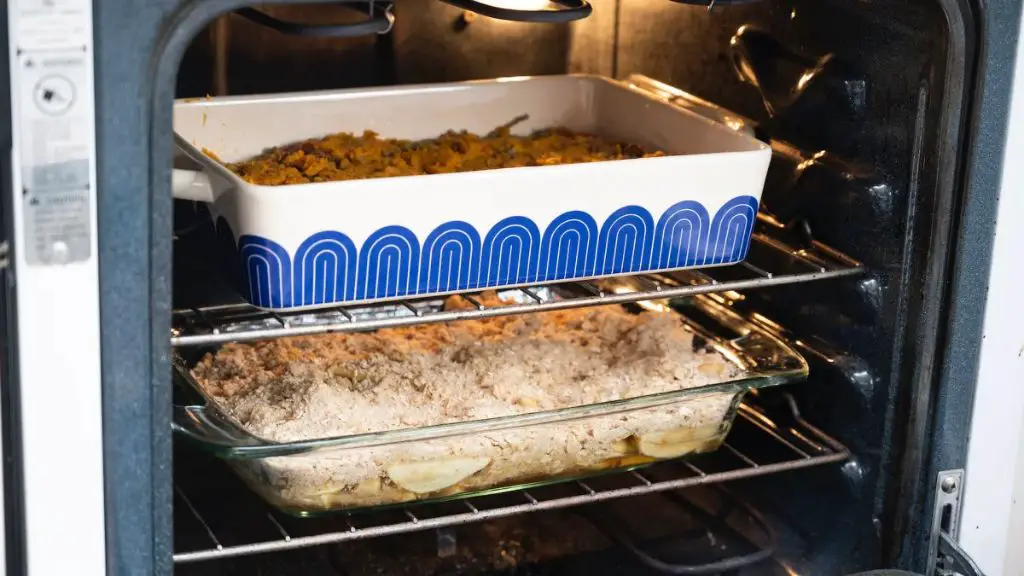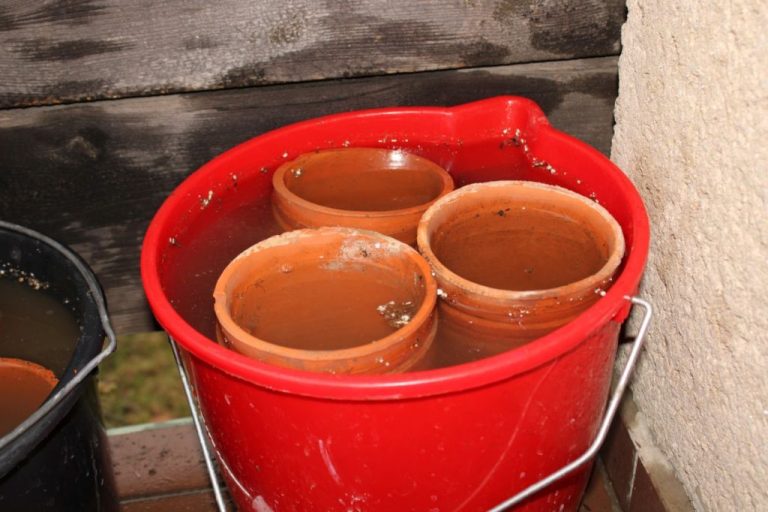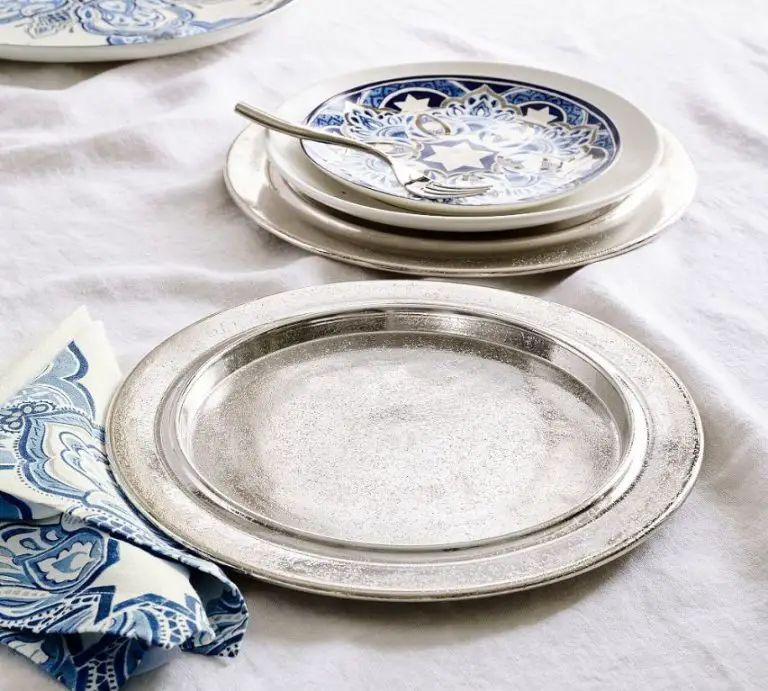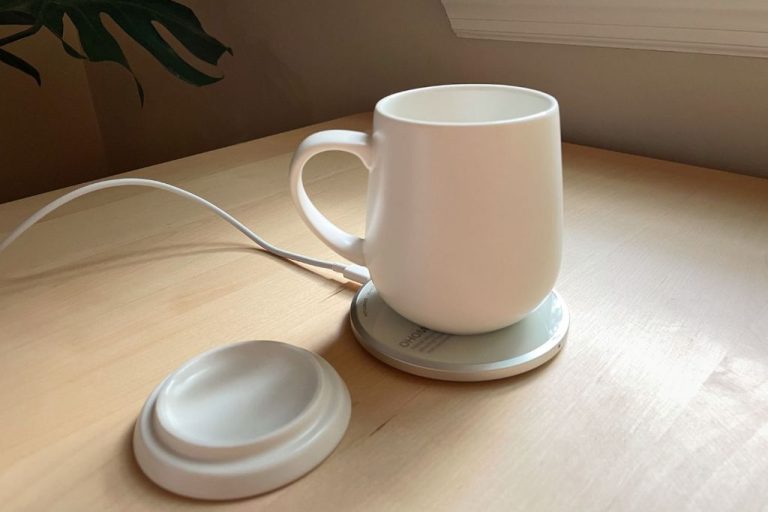What Dishes Are Oven Safe?
Oven safe dishes are an important part of any kitchen. They allow you to bake, roast, broil, and reheat foods directly in the oven without worrying about your dishes cracking or breaking. Using oven safe dishes makes cooking easier and more convenient. There are several key things to know about identifying and properly caring for oven safe dishes.
Oven safe dishes are made from materials that can withstand high temperatures without warping, cracking, or leaching chemicals. Common oven safe materials include glass, ceramic, stoneware, cast iron, and stainless steel. It’s important to use oven safe dishes anytime you will be putting them in the oven, as regular plates and bowls can easily crack or shatter under the intense heat. Using oven safe dishes gives you versatility in cooking techniques and peace of mind knowing your dishware won’t be damaged.
Heat Resistance
Oven safe dishes are designed to withstand the high temperatures inside an oven due to the materials they are made from. For example, materials like glass, ceramic, cast iron, and stainless steel can all tolerate prolonged exposure to temperatures above 200°F without cracking or melting.
The key factors that allow oven safe dishes to withstand heat are:
- Thermal shock resistance – Materials like glass and ceramic do not expand or contract too rapidly when temperature changes, preventing cracks or breaks.
- High melting points – Substances like iron or silica used in ceramic glazes and glass have melting points above 1000°F.
- Low thermal conductivity – Materials like ceramic are poor conductors of heat, protecting hands from getting burned.
Manufacturers design oven safe dishes using these heat resistant properties. For example, ceramic plates apply durable glazes rated for high temperatures to an underlying clay body. The glaze helps protect the porous clay from absorbing liquids while also creating a smooth, non-stick surface. Meanwhile, the clay maintains strength to avoid cracks or breaks even when rapidly heated or cooled in an oven.
In summary, oven safe dishes utilize specialized materials that can repeatedly handle oven temperature changes without compromising their structure or function.
Materials
When determining if a dish is oven safe, it’s important to consider the material it is made from. Some of the most common oven safe materials include:
Ceramic – Ceramic bakeware like casserole dishes, pie plates, and mugs are designed to withstand high oven temperatures. Stoneware, a type of ceramic, is also very durable in the oven. As long as there are no cracks, ceramic can generally go directly from freezer to oven without risking thermal shock.
Glass – Glass baking dishes like Pyrex and Anchor Hocking are oven safe. Tempered soda-lime glass can withstand temperatures up to 500°F. Borosilicate glass like Pyrex can handle even higher temps. The key is inspecting for chips or cracks first.
Cast Iron – Whether bare or enameled, cast iron skillets and pans are ideal for oven use thanks to their durability and heating properties. Cast iron maintains heat very evenly. Just avoid thermal shock by preheating cast iron slowly when going from stove top to oven.
For more details on specific oven safe materials like silicone, stainless steel, and more, see this guide.
Identifying Oven Safe Dishes
When purchasing new dishes, bowls or cookware, check the packaging label or product description to see if it is labeled as oven safe. Reputable brands will indicate oven safety. According to Hunker, look for terminology like “ovenproof” or “oven-safe” on labels (1). Additionally, most glass, ceramic and porcelain dishes are oven safe up to certain temperatures. However, the material alone does not guarantee oven safety. Older or lower quality items may not withstand high heats.
If you are uncertain whether existing dishes are oven safe, check underneath for identification markings. Many oven safe items will be stamped or labeled with the words “Oven Safe” or display a symbolic image of an oven with a temperature indicator. For example, Becko states an item may show “Oven Safe 260°C” underneath (2). The number indicates the maximum heat tolerance. Unglazed ceramic, porcelain, stoneware, glass and specific metals like cast iron, stainless steel and enameled cookware are typically safe.
When in doubt, refer to the manufacturer’s guidance. DeBuyer recommends checking the included instructions about oven safety for the specific cookware item (3). If documentation is unavailable, contact the manufacturer directly to inquire if the dish is oven safe and up to what temperature.
Maximum Oven Temps
When determining if a dish is oven safe, it’s important to consider the maximum oven temperature the material can withstand before becoming damaged. Different materials have varying heat resistance capabilities.
For example, glass bakeware like Pyrex can generally withstand temperatures up to 500°F. However, some glass dishes may only be oven safe up to 425°F, so check the manufacturer’s recommendations. Ceramic bakeware is also oven safe up to around 500°F depending on the particular ceramic material. Unglazed ceramic can withstand even higher oven temperatures.
Aluminum foil and disposable aluminum pans are oven safe up to 450°F. At temperatures higher than that, especially above 500°F, the aluminum can more easily leech into food. Stainless steel baking sheets are safe at high oven temperatures often up to 600°F.
Silicone bakeware tends to be oven safe to temperatures around 428-446°F. Any higher and the silicone can start to deteriorate. Enameled cast iron Dutch ovens are often rated for oven temperatures up to 500°F as well.
It’s important to not exceed the maximum oven safe temperature for any dish, as doing so can cause cracking, warping, melting, burning, or release of chemicals into food. Checking the manufacturer’s recommended temperature limits is the best way to avoid damage.
Avoiding Thermal Shock
Thermal shock occurs when there is a rapid change in temperature in oven safe dishes, causing the material to expand or contract quickly. This can lead to cracking or breaking. Thermal shock is most common when a hot dish is placed on a cold surface, like granite. It can also happen when putting a cold dish directly into a hot oven.
To prevent thermal shock, avoid placing hot dishes directly on cold surfaces. Use trivets or hot pads instead. You can also preheat your oven with the oven safe dishes already inside to gradually bring them up to temperature. Let glass or ceramic dishes adjust to room temperature before putting hot food on them. And don’t put frozen foods straight into a hot oven in oven safe dishes. Allow both the food and the dishes to adjust to the temperature gradually.
According to this article, preheating your oven with dishes inside is one of the best ways to prevent thermal shock.
Caring for Oven Safe Dishes
Proper care is crucial for preserving oven safe dishes and ensuring they remain functional over time. According to the experts at Anchor Hocking, there are a few key tips for caring for glass bakeware safely:
“Avoid sudden temperature changes, as this can lead to breaks or cracks. Allow hot glass to cool gradually before washing…Use only soft, non-abrasive cleansers and cloths on glass. Soap, water and a soft cloth or sponge are recommended for most cleaning.” (https://www.anchorhocking.com/care-use/)
For stoneware or ceramic oven safe dishes, avoid using harsh detergents or abrasive scouring pads during cleaning. The rough textures can damage the glazed surfaces over time. Instead, wash gently with dish soap and warm water using a soft sponge or cloth. Let dishes cool fully before cleaning to prevent thermal shock.
Proper drying is also key – allow dishes to air dry completely before storing them away, as trapped moisture can cause crazing or cracking of the glaze. With proper care and gentle handling, oven safe dishes can last for many years.
Common Oven Safe Dishes
Common oven safe dishes include:
- Glass Baking Dishes and Bakeware – Glass bakeware is popular for baking and casseroles thanks to its durability and non-reactive nature. Brands like Pyrex and Anchor Hocking make glass dishes that are safe for the oven, broiler, microwave, and dishwasher. Look for tempered soda-lime glass that can withstand high heats.
- Metal Roasting Pans – Sturdy, heavy roasting pans made from stainless steel and aluminized steel are oven safe at high temperatures. Good for roasting meats and vegetables.
- Ceramic Baking Dishes – Ceramic bakeware like CorningWare or ceramic ramekins can be used in the oven and broiler. The glazed finish allows easy cleaning.
- Silicone Bakeware – Flexible, nonstick silicone bakeware is durable at high heats. Silicone muffin pans, loaf pans, baking mats are convenient and easy to clean.
- Cast Iron Dutch Ovens – Heavy cast iron Dutch ovens like Le Creuset can be used both on the stovetop and then transferred directly to a hot oven up to 500°F. The thick material distributes heat evenly.

Specialty Oven Safe Dishes
In addition to regular plates, bowls, and baking dishes, there are some unique specialty oven safe dishes to consider:
Tagines – These Moroccan clay pots with cone-shaped lids are designed for slow simmering and braising on the stovetop or in the oven. Authentic tagines are made from earthenware clay and are safe at oven temperatures up to 400°F.
Dutch Ovens – These heavy, lidded pots made of cast iron or enameled cast iron are excellent for braising, stewing, baking bread and more. Cast iron and enameled cast iron dutch ovens are extremely durable and can be used at any oven temperature.
Ramekins – Small ovenproof dishes used for baking and serving individual portions. Ceramic and glass ramekins are safe at high oven temperatures.
Lasagna Pans – Rectangular baking pans with short sides, usually made of glass, ceramic, or aluminized steel. Great for lasagnas, casseroles, and roasts. Withstand oven temps up to 550°F.
Roasting Pans – Large, heavy pans with shallow sides designed for roasting meats and vegetables. Often made of stainless steel, aluminum, or enameled cast iron. Safe at any oven temperature.
Baking Stones – Slabs made of ceramic, stone, or salt that promote even baking and crispy crusts. Withstand oven temperatures up to 800°F.
Conclusion
In summary, using proper oven safe dishes is critical for any home cook. Oven safe dishes are designed to withstand the high heat of an oven without cracking or leaching chemicals. Key factors in identifying oven safe dishes are the material composition, any oven safe designations from the manufacturer, and the maximum oven temperature threshold.
Investing in legitimately oven safe dinnerware provides multiple advantages. You gain the flexibility to sear, bake, broil, and reheat foods all in one pan or dish. This simplifies cooking and cleanup. Oven safe dishes also allow for beautiful presentations by taking dishes seamlessly from oven to table. Furthermore, quality oven safe dishes are a long-term investment that can be passed down for generations.
In selecting oven safe dinnerware, ceramics, glass, and porcelain tend to be the best performing and safest options. Each material has minor trade-offs, but all three can safely withstand oven temps exceeding 400°F. Proper care is still required to prevent thermal shock. Understanding the do’s and don’ts of using oven safe dishes helps preserve their integrity over many years of use.
With the right oven safe dishes, home chefs gain versatility in the kitchen while also ensuring safety. Following the guidance provided gives you confidence your bakeware can withstand the test of high heat.



